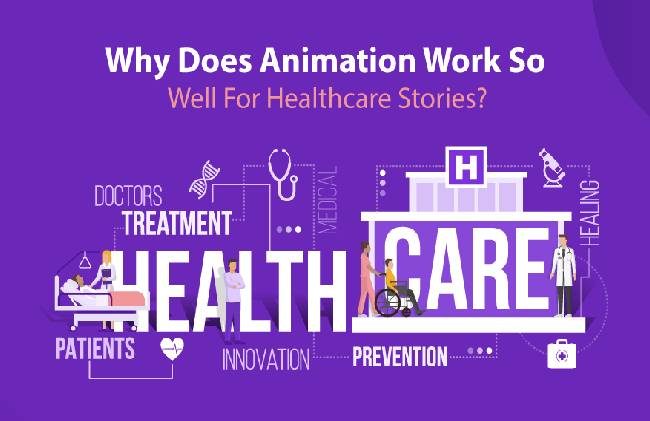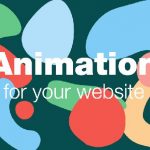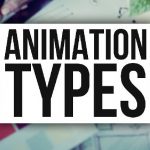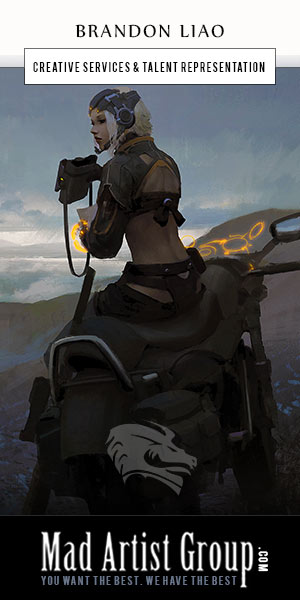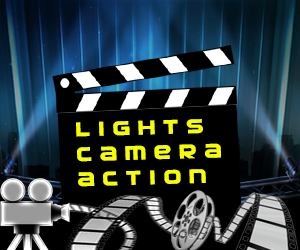Digital Age Of Healthcare
It can be safely said that there was a time when thinking that animation will have any use in the medical industry was a dream. Today it is not that time. In the present age of digital, we are appropriating animation in not just one sector of healthcare but many. Mr. Michel, an experienced practitioner at www.andersondiagnostics.com/, gives us few points to gain a better understanding of the uses of animation in healthcare.
Some of them are:
• An operation MRI that shows the changes in anatomy as they occur.
• Animation can be employed to understand that different physiologies, i.e., the mechanisms of our anatomy.
• It can also be utilised to comprehend drug action sites and how they react. Pharmacology is one place of healthcare where animation can make significant progress.
• The progression of a disease can be better explained through animation and how the body responds to it.
• Animation can create surgical subjects that begin with normal anatomy and then a step wise alteration can be made to them. These will be particularly useful for teaching new surgeons.
• The OB/GYN field can wield the application to study complications and the manoeuvres that be taken to get the foetus out.
Impact Of Animation In Healthcare
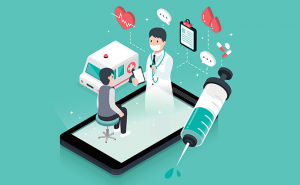 These are the direct ways animation can help healthcare. The question is what type of strategy do we use to grab the attention of the practitioners in the industry. Knowing that animation can impact healthcare is not enough; we have to find ways to implement it. But before we take big steps, simple ways to include it in medicine are:
These are the direct ways animation can help healthcare. The question is what type of strategy do we use to grab the attention of the practitioners in the industry. Knowing that animation can impact healthcare is not enough; we have to find ways to implement it. But before we take big steps, simple ways to include it in medicine are:
• Creating animated videos that explain diseases, condition, and drugs to amateur doctors.
• The field can also be employed to develop educational content which can be used during academics. Examples are infographics, interactive quizzes.
• Animation can be used on websites of hospitals and clinic to help users gain a better understanding of medical terms and processes.
The gist is that animation doesn’t affect healthcare from just one angle. It changes the way we learn medicine, the way we practice it and how we get access to it. From employees of a hospital to the drug reps selling ground-breaking medicine, from machines used in diagnostic centres to patients who have no scientific background, animation can be employed by all.
Think of it as the bridge that needed to be made to span the divide between the different segments of the medical field. When correctly appropriated, it can produce a positive and significant influence. So, where is the catch? We have not yet reached the level of innovation we need in animation to be used in everyday healthcare processes. We are at the initial stage of animation in healthcare. But the future is bright with hope. Every day more and more people are investing in the benefits that animation can bring to medicine.


